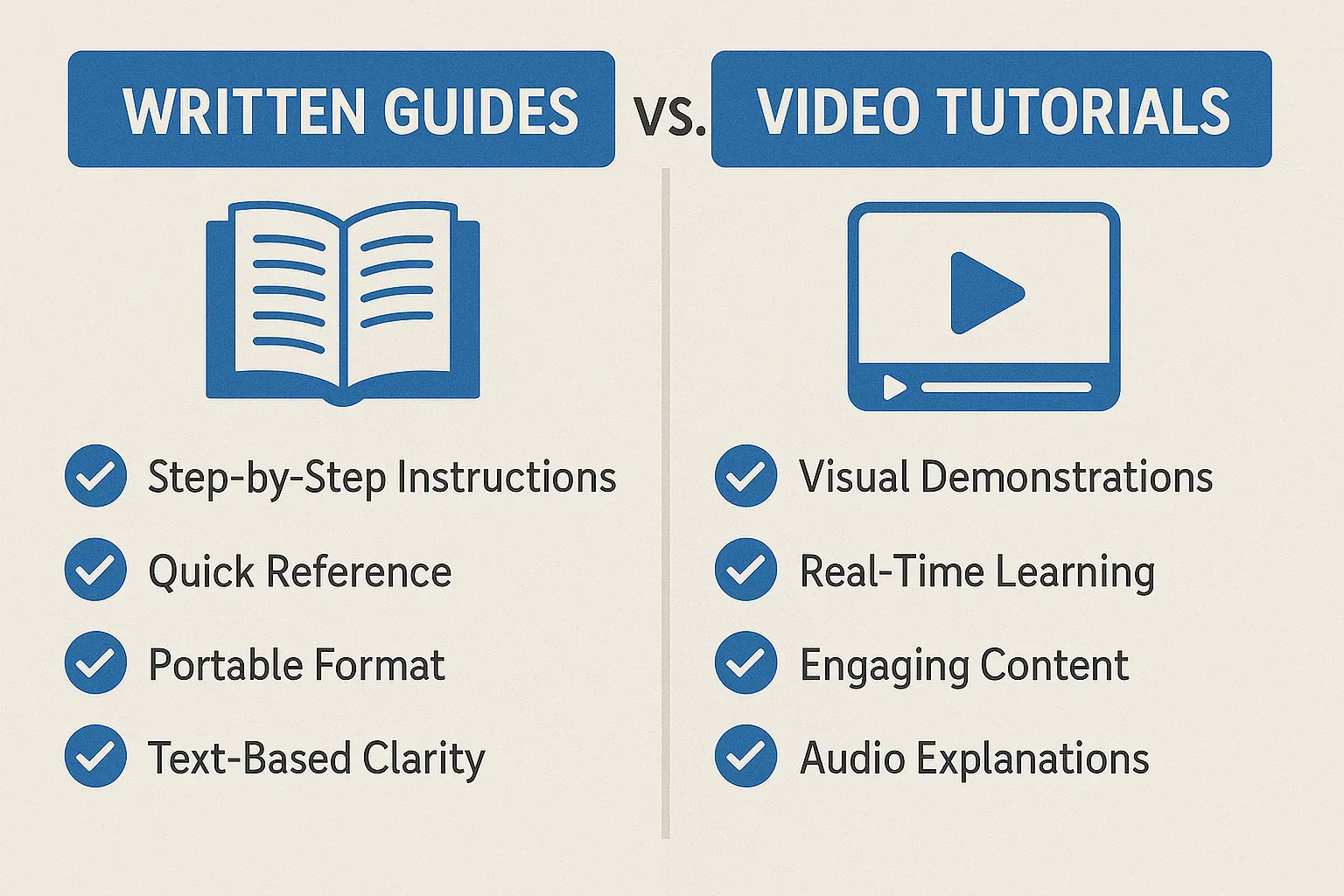If you’re considering installing a heat pump yourself, you already know that every detail matters — from proper line set insulation to electrical connections. But while reading the manual is critical, sometimes you need to see a process in action before it clicks. That’s where video tutorials and professional guides come in.
With the right YouTube channels and trusted online resources, you can follow proven techniques, avoid costly mistakes, and gain the confidence to complete your project safely. This guide rounds up the best video channels and written resources for DIY heat pump installations in 2025.
For a complete step-by-step walkthrough from planning to post-install testing, see the Complete Guide to DIY Heat Pump Installation.
Why Video Tutorials Are a Game-Changer for DIY Heat Pump Installation
Installing a heat pump — especially a ductless mini-split — involves a series of technical steps that can be tricky to visualize from text alone. Videos offer:
-
Visual learning for complex steps
Seeing someone flare a copper line or connect a vacuum pump makes it easier to replicate the process. -
A confidence boost for first-time installers
Following a pro’s lead on camera can make a big difference when tackling unfamiliar tools or techniques. -
Real-world troubleshooting
Some video creators share mistakes and how they fixed them — lessons you won’t always find in the manual.
📘 The U.S. Department of Energy emphasizes that installation quality directly affects system efficiency, comfort, and lifespan. A video demonstration can help bridge the gap between “reading about it” and “doing it right.”
How to Choose Reliable DIY Heat Pump Resources
Not all online tutorials are created equal. Use these criteria to ensure you’re getting accurate, safe, and code-compliant information:
1. Licensed HVAC Professionals or Certified Installers
Look for creators who mention their qualifications or certifications, such as EPA Section 608.
2. Clear Safety Precautions and Code References
A trustworthy guide will explain not just how to do something, but why it must be done a certain way to meet code.
3. High-Quality Production and Step-by-Step Narration
You should be able to clearly see tools, materials, and each stage of the process.
4. Updated Content Reflecting 2025 Standards
Older videos may use outdated refrigerants or show methods that no longer meet code.
📘 ENERGY STAR’s Certified Heat Pump Database makes it easy to find high-efficiency models — but even the best-rated units need proper installation to deliver their full performance.
Top YouTube Channels for DIY Heat Pump Projects (2025)
These channels consistently produce reliable, easy-to-follow HVAC content:
HVAC School
Known for breaking down technical topics into plain English, HVAC School covers everything from pressure testing to understanding refrigerants. Great for DIYers who want to know not just “how,” but “why.”
📘 Visit HVAC School for companion articles and training resources.
AC Service Tech
One of the most detailed mini-split installation series available online, complete with tips for flaring lines, pulling a vacuum, and setting up smart controls.
📘 AC Service Tech also has printable checklists and guides.
Word of Advice TV
Features real-world repair and installation scenarios, often showing the problems that occur when shortcuts are taken.
Fox Family Heating and Air
A solid mix of hands-on install videos and educational content on code compliance and safety.
The Engineering Mindset
Focused on HVAC theory and design principles, making it easier to understand how each system component works.
Best Standalone Guides and Written Resources
While YouTube is excellent for seeing an installation unfold, written guides allow you to work at your own pace and refer back to details.
-
Manufacturer Installation Manuals – Always your first stop. Whether it’s Mitsubishi, Daikin, Fujitsu, LG, or MrCool, follow their steps to protect your warranty.
-
EPA Section 608 Guidelines – Even if you’re working with a DIY kit that doesn’t require refrigerant charging, it’s worth understanding the basics of refrigerant handling. 📘 EPA – Section 608 Technician Certification explains the rules.
-
Homeowner Forums – Green Building Advisor and HVAC-Talk are excellent for peer advice, lessons learned, and brand comparisons.
-
NREL Resources – The National Renewable Energy Laboratory publishes studies on heat pump performance, giving you real-world efficiency data.
How to Use Video Guides Effectively
Watching a video is one thing; translating it into a successful installation is another. Here’s how to get the most out of them:
-
Watch the entire video before starting work – This prevents mid-project surprises.
-
Take notes and create a personal checklist – Adapt it to your specific model.
-
Cross-reference multiple sources for tricky steps – If one method looks unsafe or incomplete, verify with the manufacturer’s manual.
-
Pause, rewind, and replay as needed – A major advantage over in-person demonstrations.
Avoiding Misinformation in DIY Heat Pump Videos
The internet is full of well-meaning but inaccurate advice. Red flags include:
-
Skipping pressure testing and vacuuming
-
Using incorrect wire sizes or circuit ratings
-
Failing to mention permits or code requirements
-
Suggesting refrigerant top-offs without proper certification
📘 The National Renewable Energy Laboratory warns that improper installation can reduce a heat pump’s efficiency by up to 30%, even if you bought a high-rated system.
Final Thoughts from Alex
YouTube and online guides have transformed how homeowners approach DIY HVAC projects. But while they’re invaluable for learning techniques and building confidence, they should complement—not replace—the manufacturer’s instructions and local code requirements.
Choose your sources wisely, prepare thoroughly, and treat each video as one piece of the puzzle. The best results come when you combine visual learning, written instructions, and safe, code-compliant practices.
Next up: How to Mount the Outdoor Unit: Ground Pad vs. Wall Bracket vs. Stand — find out which mounting method best suits your space, climate, and noise concerns.
Alex Lane
Your Home Comfort Advocate







